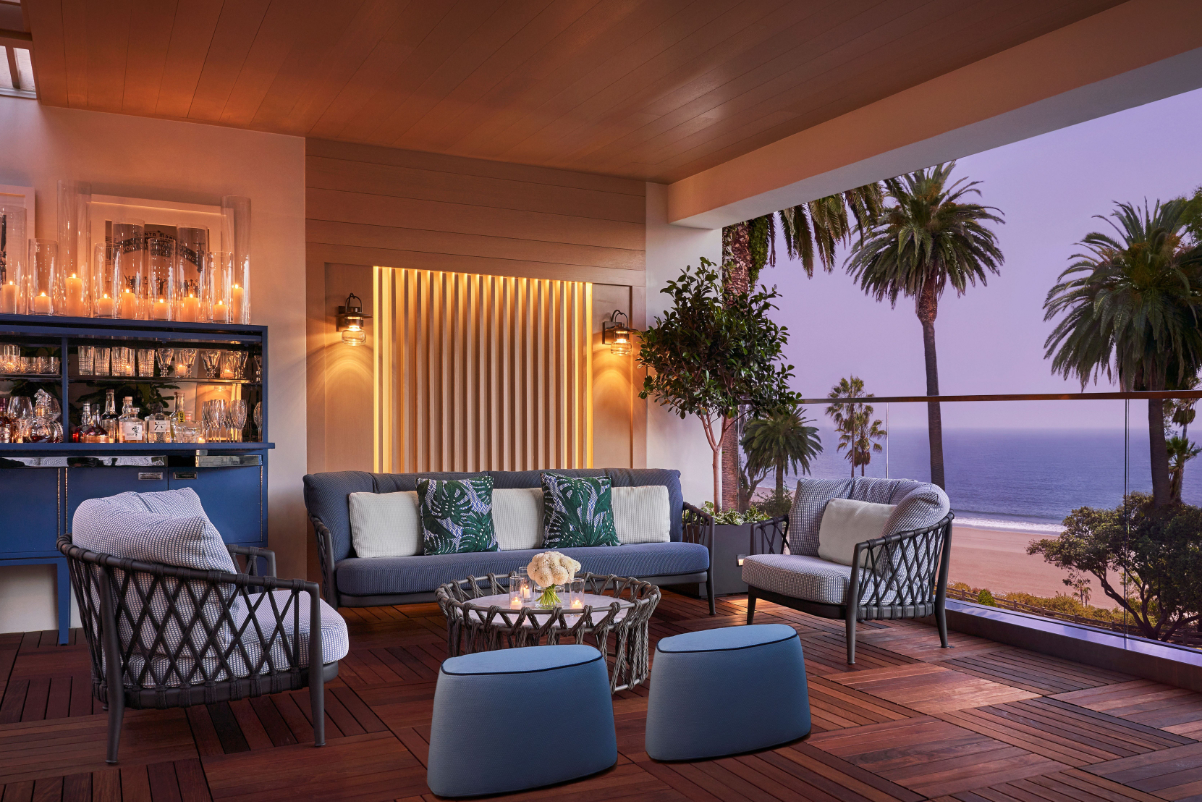Hilton Hotels Sees No Slowdown in Travel Surge

Skift Take
Hilton's earnings report on Wednesday was the first one from a major hotel group for the second quarter. All eyes were on whether the company saw any cracks in demand. In short: No.
"We had the best booking quarter in our history, ever," said Christopher Nassetta, president and CEO. "And our position is great for the next year."
The McLean, Virginia-based owner of 22 brands, such as DoubleTree and Waldorf Astoria, continued to see a strong hunger for travel through 2023 and into early 2024.
About 85% of the company's business transient revenue comes from road warriors at small-to-medium-sized businesses.
"They're feeling reasonably good about a soft landing [in the economy] and their businesses," Nassetta said.
Leisure travel remained way over past highwater marks, he said. There were a few exceptions, such a few markets where the comparisons were tough because the destinations like South Florida had been so super-hot immediately as the pandemic eased.
Hilton's third big revenue driver is group bookings for conferences and other large corporate meetings. Executives said they see a continued upswell in group bookings by big associations. This segment had been the slowest to come back from the pandemic lows, suggesting that the recovery in group bookings will pro

